‘Finally dead’: Apple fans, tech heads split over major update
There has been one central divisive element of Apple’s much-anticipated launch of the iPhone 15, and for many, it’s history repeating.
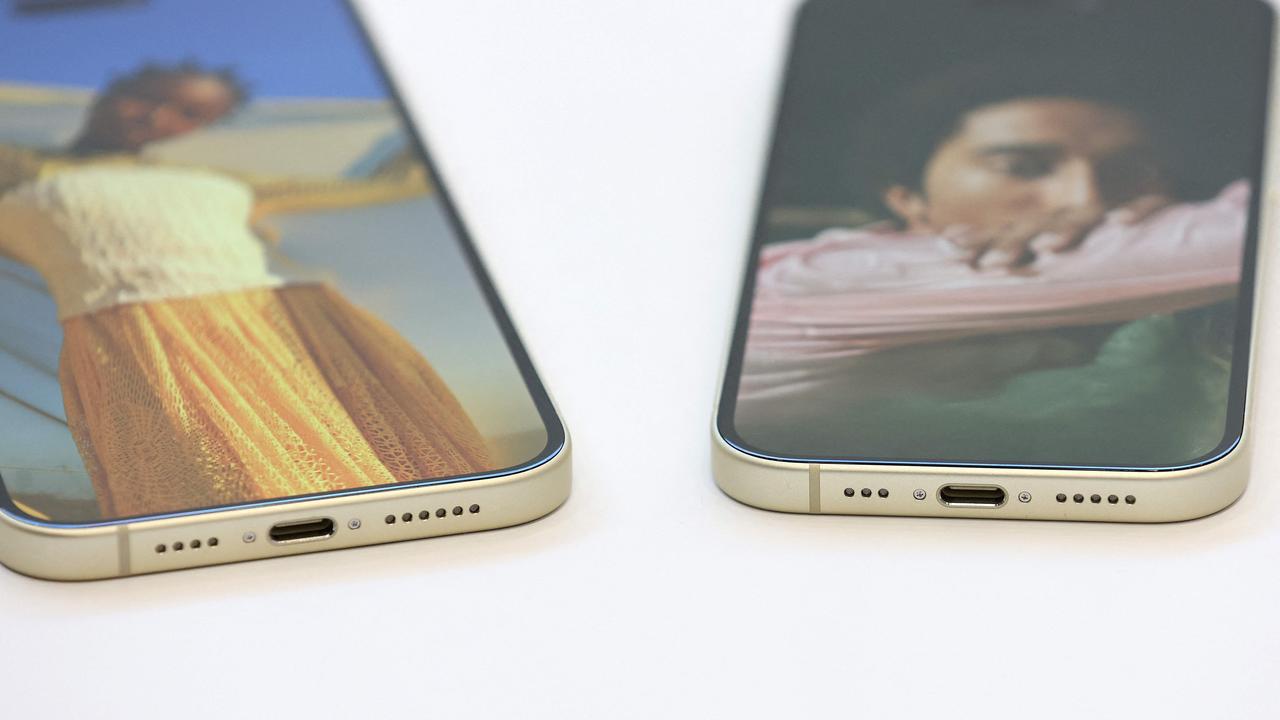
There has been one major divisive element of Apple’s much-anticipated launch of the iPhone 15, and it’s something plenty of Apple users have seen before.
Apple launched the newest iterations of its iPhone and Apple Watch in California on Wednesday morning Australian time, with a stack of new changes.
Among the changes is an extra premium – entry-level phones and watches will now cost at least $100 more.
The iPhone could even break the $3000 mark when it hits Australian shelves.
Apple also launched better cameras and an “action button” on its new iPhone 15 and what it touted as a “really cool” feature on the Apple Watch 9, meaning you can answer calls and skip songs simply by tapping your fingers together.
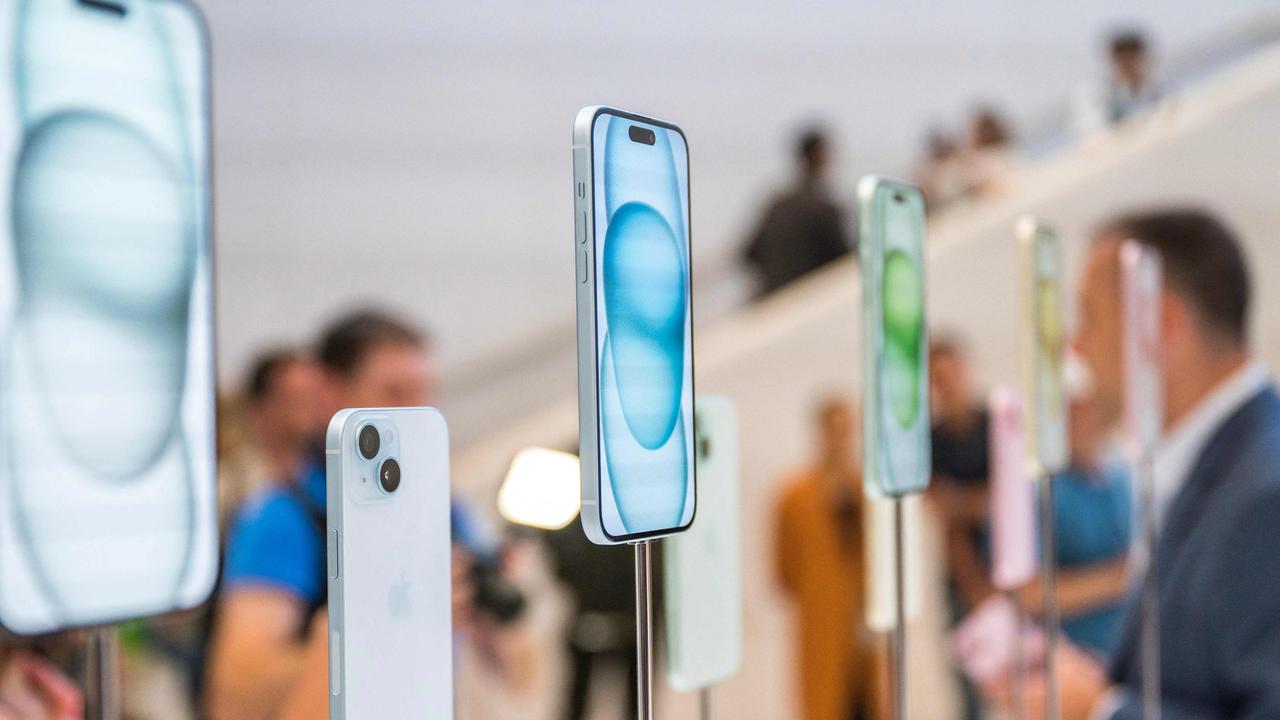
The launches came at a crucial time for the $4.35 trillion firm, which has seen sales decrease of 2 per cent in the last quarter.
Perhaps the most eyebrow-raising of the announcements, however, was a case of history repeating after the firm confirmed it was axing its unique Lightning power cord and port and moving to the standard USB-C cable.
Apple said the USB-C cable – which already works on some Macbooks and iPads – will also work on new AirPods Pro earphones and wired headphones.
Apple’s marketing chief Kaiann Drance said USB-C was “universally accepted, and so we’re bringing it to iPhone 15”.
She added that USB-C has “been in Apple products for years”.
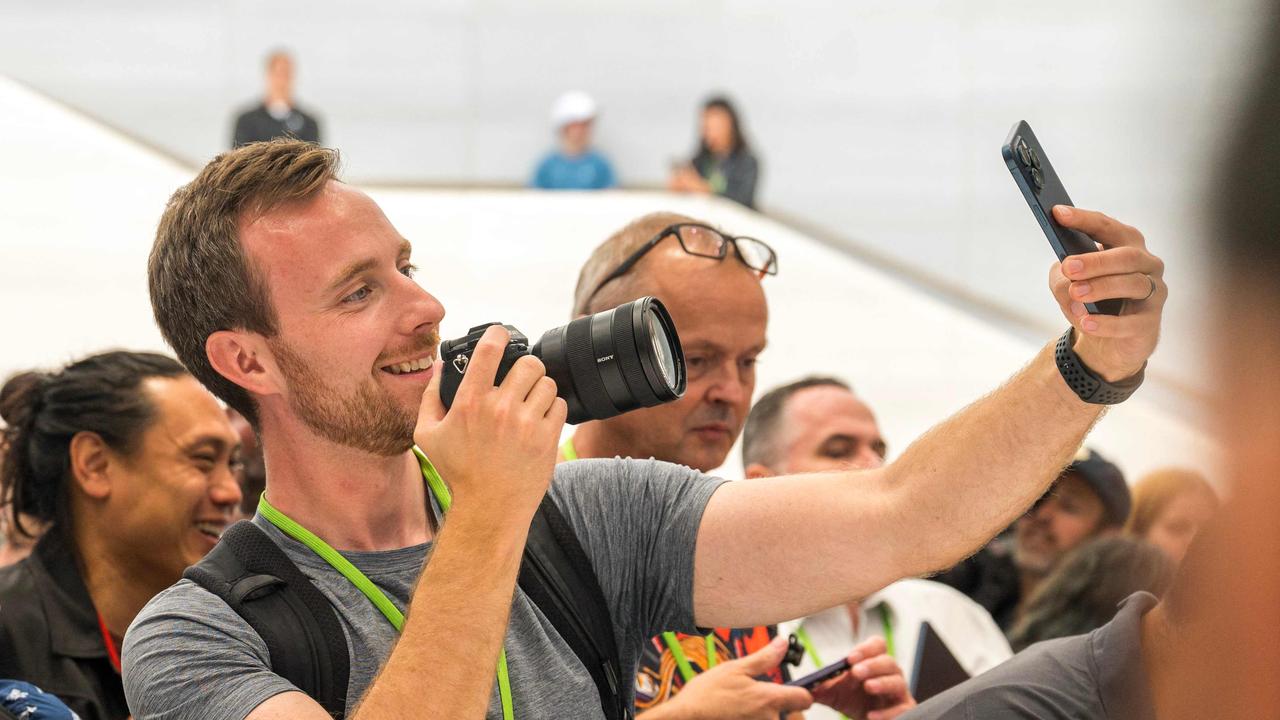
Apple did not want to switch to USB-C – but the European Union forced its hand.
In 2022, the EU said that from late 2024, all phones sold in the bloc must have a USB-C connecter in a move the Union hopes will make life easier for consumers, save them money, and help reduce e-waste by encouraging re-use of chargers.
The move comes almost exactly a decade after Apple moved away from the 30-Pin Dock Connector in 2012, rendering plug-in speakers, headphones and chargers all but useless for many.
While respected tech heads predict the fallout will not be as bleak this time, X (formerly Twitter) users made their thoughts known.
The mood at this stage appears divisive at best.
“Apple acting like their whole ecosystem using the same charger is a fun new feature is WILD. Baby, it’s a mistake you fixed,” one said.

“Oh, what a surprise Apple will need a new charger for their new phones. Yet another cash grab,” added another.
“The ‘you got an apple charger’ thing is finally dead,” one quipped slightly more optimistic.
“Apple users coming for my USB-C charger after slagging it off for years? I don’t think so!” said another.
Bloomberg’s tech columnist Dave Lee agreed it was a net positive in an op-ed after the launch, albeit begrudgingly, saying the tech giant stayed in its own lane with the Lighting cable “for too long”.
He too harked back to the 2013 change when a tonne of accessories were made redundant by the shift in the lightning cable.
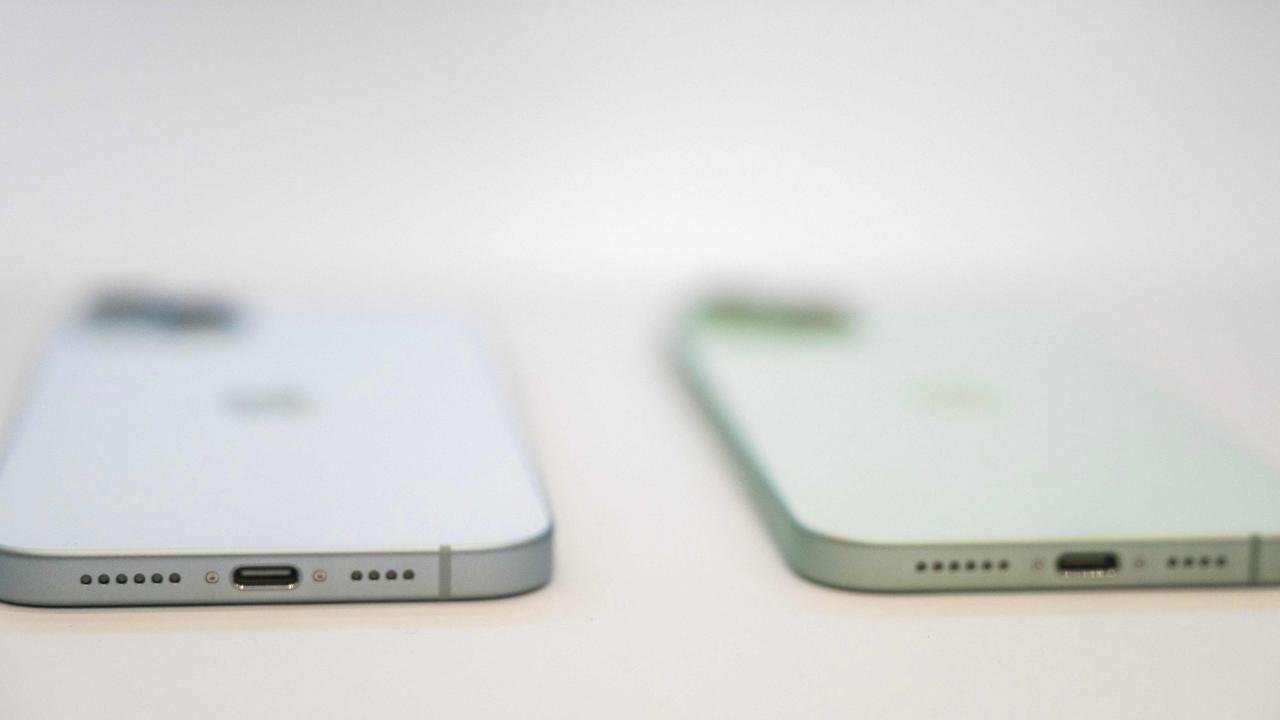
“Apple is complying by rolling it out everywhere,” he wrote.
“We can be glad that we’ve reached an end result that is better for consumers and the environment.
“Unused and discarded chargers account for about 11,000 metric tons of e-waste a year. But it would have been much better for Apple to have made this move of its own volition — the era of forcing consumers to use a proprietary charger is years past its sell-by date.”
Overall, Lee said the switch was “good news” and predicts the transition to be “far less disruptive” than previous changes.
“Other than looking slightly different – the connector pins are hidden inside the USB-C, rather than exposed – most consumers will barely notice any functional change,” he wrote.
“USB-C is only ever-so-slightly larger – 0.33 inches vs. 0.26 – and can still be plugged in either way up. It could mean faster data transfer and quicker charging.
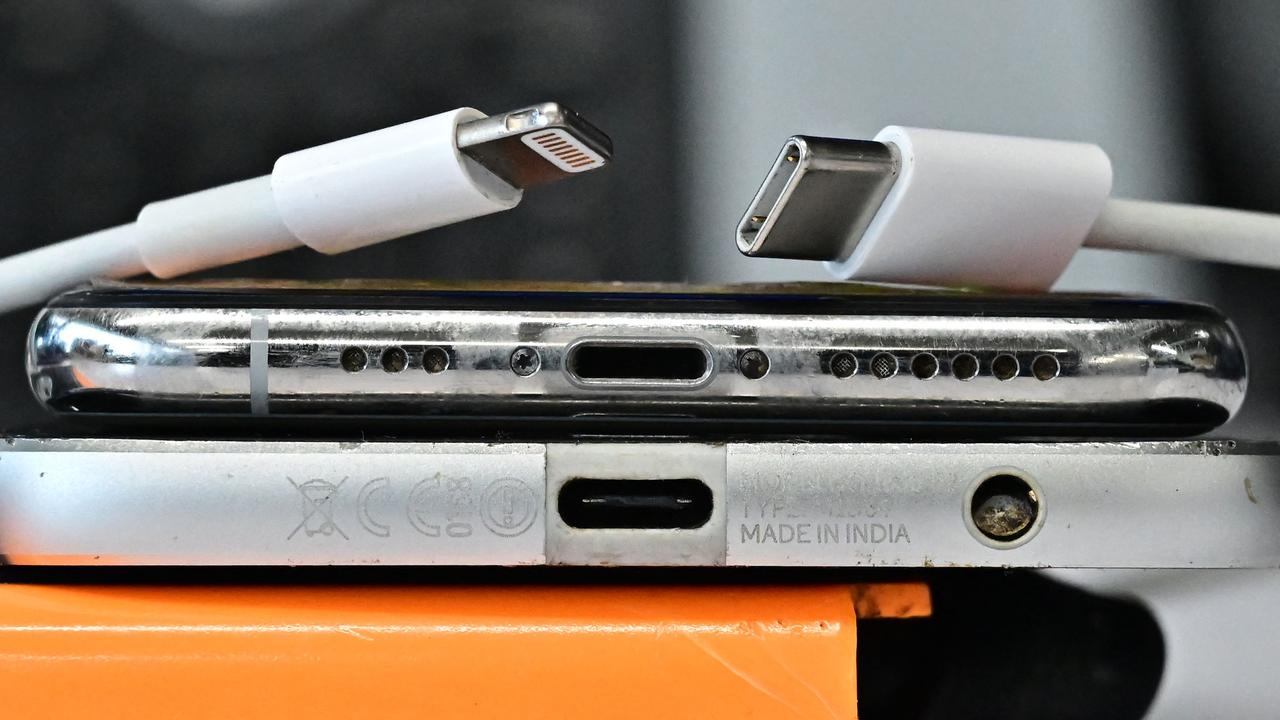
“And while Apple has claimed that mandating one connector to rule them all will “stifle innovation,” it has already incorporated the port into its iPads and MacBooks without drama.”
Ben Wood from CCS Insight, a tech analyst firm, told the BBC apart from the cables, there were few “headline-grabbing” updates from Tuesday.
“It isn’t a surprise given the maturity of the iPhone and Watch,” he said.
“It reflects just how refined the iPhone and Watch devices are and how tough it has become to deliver truly disruptive updates every year.”






